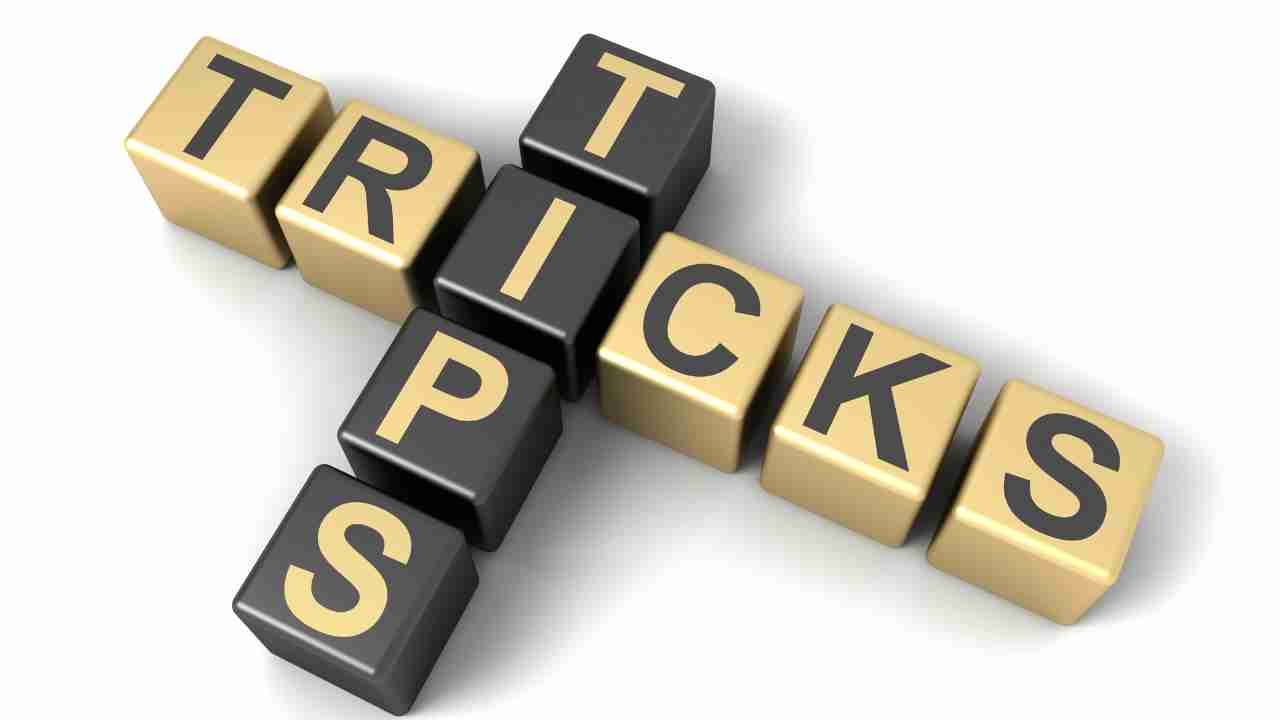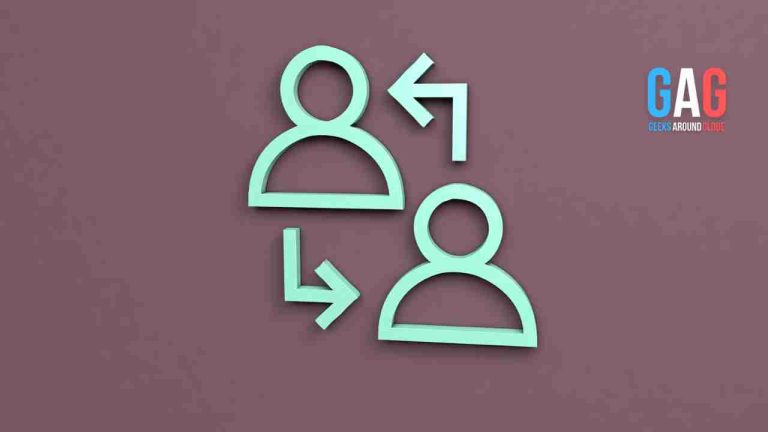Understanding where to send a money order can streamline your payments, ensuring they reach their intended destination safely and efficiently. Money orders are a preferred payment method for their security and simplicity, but knowing the ins and outs of sending them is crucial. This article provides essential tips and tricks for sending money orders, making your transactions smoother and worry-free.
Identifying the Recipient
The first step in sending a money order is clearly identifying the recipient. This means having their full name and, depending on the situation, their address. It’s crucial that this information is accurate to avoid any complications with the money order being cashed. Whether you’re paying a bill or sending money to a friend, double-checking the recipient’s details can save you time and trouble.
When filling out a money order, make sure the recipient’s name matches their identification. This is especially important for individuals collecting the money order in person, as discrepancies can lead to refusal by the institution cashing it.
Choosing Where to Purchase
Where you purchase your money order can depend on several factors, including convenience, fees, and the amount you wish to send. Post offices, banks, and certain retail stores offer money orders. Each location has its own set of rules and fees, so it’s worth comparing your options.
Consider the proximity of the purchase location to both you and the recipient. For example, if the recipient plans to cash the money order at their bank, buying it from that bank might facilitate the process.
Mailing Your Money Order
Once your money order is filled out, you’ll need to decide how to send it. The most common method is through mail, especially if the recipient is not nearby. When mailing a money order, use secure, trackable shipping options to ensure it reaches its destination safely. This adds a layer of security and provides peace of mind for both you and the recipient.
Including a note with your contact information and the purpose of the money order can also be helpful. This way, if there’s any confusion or issue, the recipient knows how to reach you quickly.
Electronic Transfer Options
In some cases, you might be able to purchase and send a money order electronically. This is becoming an increasingly popular option due to its convenience. Electronic transfers often allow you to send money orders directly from your bank account to the recipient’s institution.
If you opt for an electronic transfer, make sure to keep records of the transaction. This includes confirmation numbers and screenshots of the transfer details. These records are vital if there’s a dispute or if the money order goes missing.
After Sending: Follow-up and Confirmation
After sending a money order, follow-up is key. If possible, confirm with the recipient that they’ve received and successfully cashed it. This confirmation can be as simple as a text message or phone call.
If you haven’t heard from the recipient within a reasonable time frame, don’t hesitate to reach out. Additionally, keep your receipt and any tracking information until you’re sure the money order has been processed. This information will be invaluable in resolving any issues that might arise.
Sending a money order is a secure and reliable way to transfer funds, but knowing the proper steps and precautions is essential. By carefully identifying the recipient, choosing the right place to purchase, securely mailing your money order, considering electronic options, and following up, you can ensure your transaction is successful. With these tips and tricks, sending a money order can be a smooth and stress-free process, providing a safe payment method for any occasion.







